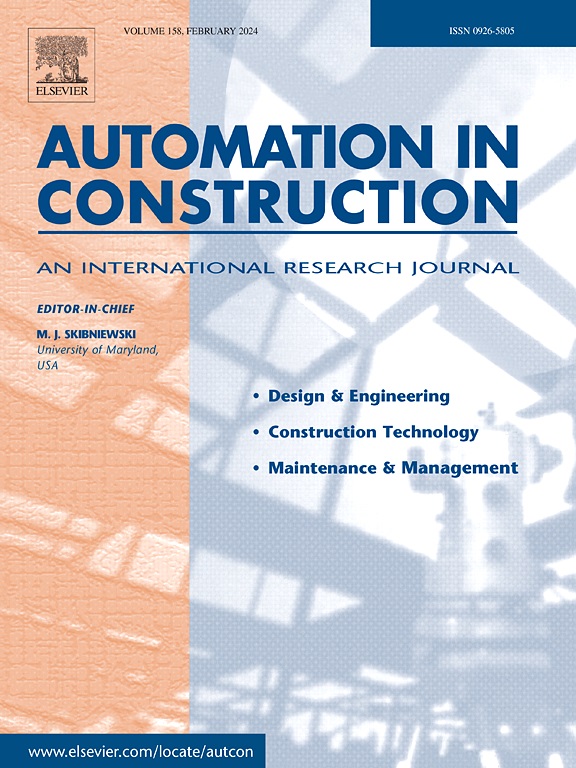人工智能驱动的隧道诱导地表沉降预测
IF 11.5
1区 工程技术
Q1 CONSTRUCTION & BUILDING TECHNOLOGY
引用次数: 0
摘要
由于大都市的广泛利用和土地有限,对盾构隧道建设的需求与日俱增。然而,在材料建模中,土壤和岩石的行为具有很大的不确定性。人工智能(AI)技术在解决涉及非线性土-结构相互作用的岩土工程问题方面展现出巨大的潜力。本文旨在回顾人工智能驱动的隧道诱发地表沉降预测,重点关注数据集建立、输入特征选择和超参数优化等方面。本文概述了过去几十年来人工智能在地表沉降预测中的主要应用。此外,还讨论了各种人工智能技术的能力和局限性,为不同情况下的方法选择提供指导。随后,阐述了人工智能变体、最新优化算法和前沿方法等最新发展。最后,针对人工智能在实际应用中面临的挑战提出了可能的对策,为人工智能驱动的隧道诱导地表沉降预测的进一步研究提供了方向。本文章由计算机程序翻译,如有差异,请以英文原文为准。
Artificial intelligence driven tunneling-induced surface settlement prediction
There has been an increasing demand for shield tunnel construction due to the extensive utilization and limited land in metropolitan cities. However, the behaviors of soils and rocks exhibit a high level of uncertainty in material modeling. Artificial Intelligence (AI) techniques exhibit huge potential in addressing geotechnical issues that involve non-linear soil-structure interaction. This paper aims to review AI-driven prediction of tunneling-induced surface settlement, focusing on aspects of dataset establishment, input feature selection, and hyperparameter optimization. An overview of AI key applications in surface settlement prediction over the past decades is compiled. Furthermore, the capabilities and limitations of diverse AI techniques are discussed, guiding the selection of methodologies for different scenarios. Subsequently, recent developments such as AI variants, the latest optimization algorithms, and cutting-edge methods are illustrated. Lastly, possible countermeasures of AI for challenges in pragmatic applications are proposed, offering orientations for further research in AI-driven tunneling-induced surface settlement prediction.
求助全文
通过发布文献求助,成功后即可免费获取论文全文。
去求助
来源期刊

Automation in Construction
工程技术-工程:土木
CiteScore
19.20
自引率
16.50%
发文量
563
审稿时长
8.5 months
期刊介绍:
Automation in Construction is an international journal that focuses on publishing original research papers related to the use of Information Technologies in various aspects of the construction industry. The journal covers topics such as design, engineering, construction technologies, and the maintenance and management of constructed facilities.
The scope of Automation in Construction is extensive and covers all stages of the construction life cycle. This includes initial planning and design, construction of the facility, operation and maintenance, as well as the eventual dismantling and recycling of buildings and engineering structures.
 求助内容:
求助内容: 应助结果提醒方式:
应助结果提醒方式:


